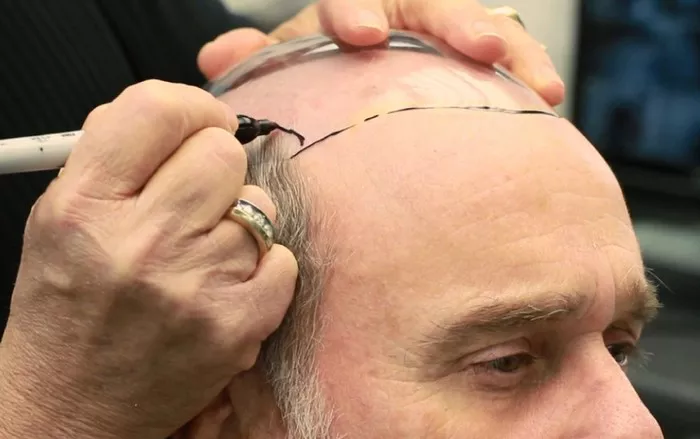Hair transplants are a popular cosmetic procedure for people looking to restore their hairline and regain their confidence. One of the most common questions patients have is how long the procedure takes and how much time they need to set aside for recovery. In this article, we will explore the timeline of a hair transplant procedure and what patients can expect during the process.
The Timeline of a Hair Transplant Procedure
A hair transplant procedure typically takes between 4-8 hours to complete, depending on the number of grafts being transplanted. The procedure is typically performed on an outpatient basis, meaning that patients can go home the same day.
Here’s a breakdown of what patients can expect during each stage of the hair transplant procedure:
Preparation: Before the procedure begins, the patient’s scalp will be cleaned and numbed with a local anesthetic. The surgeon will then create tiny incisions in the scalp to prepare for the grafts.
Harvesting the grafts: The next step is to harvest the hair grafts from the donor area, which is typically the back or sides of the scalp. The surgeon will use a small punch tool to remove individual hair follicles, which will then be prepared for transplantation.
Transplantation: Once the grafts have been harvested, the surgeon will begin the transplantation process. This involves carefully placing each graft into the incisions made in the scalp.
Post-operative care: After the procedure is complete, the patient’s scalp will be bandaged, and they will be given instructions on how to care for their scalp in the days and weeks following the procedure.
Recovery Time for Hair Transplants
While the hair transplant procedure itself only takes a day, the recovery period can last several weeks. Here’s a breakdown of what patients can expect during the recovery period:
The first few days: In the first few days after the procedure, patients may experience some swelling, redness, and discomfort in the scalp. They may also need to wear a bandage or hat to protect the scalp.
The first week: In the first week after the procedure, patients should avoid strenuous activities and should not wash their hair. They may also experience some scabbing or crusting on the scalp.
The first month: In the first month after the procedure, patients should continue to avoid strenuous activities and should be gentle when washing their hair. They may also experience some itching or numbness in the scalp.
The first six months: In the first six months after the procedure, the transplanted hair will begin to grow, but it may be thin and wispy at first. Patients should continue to follow all post-operative instructions and be patient as the hair grows in.
Factors That Affect the Length of a Hair Transplant Procedure
There are several factors that can affect the length of a hair transplant procedure. These include:
The number of grafts being transplanted: The more grafts being transplanted, the longer the procedure will take.
The skill of the surgeon: The success of hair transplantation depends largely on the skill and experience of the surgeon performing the procedure. A skilled surgeon will be able to perform the procedure more efficiently.
The patient’s overall health: The patient’s overall health and lifestyle can also play a role in the length of the procedure. Patients who are in good health and have a healthy scalp may require less time for the procedure.
Conclusion
A hair transplant procedure typically takes between 4-8 hours to complete and can be performed on an outpatient basis. While the recovery period can last several weeks, patients can expect to see new hair growth in the months following the procedure. Factors that can affect the length of the procedure include the number of grafts being transplanted, the skill of the surgeon, and the patient’s overall health.


